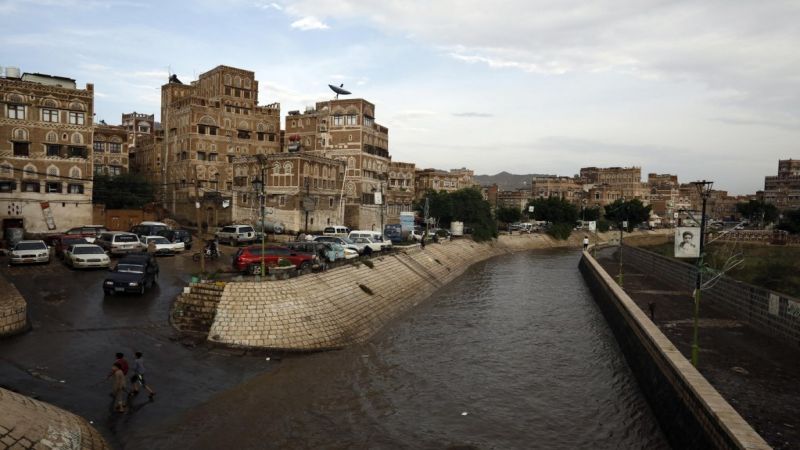
Local Editor
An estimated 300,000 people in Yemen have lost their homes, crops, livestock and personal belongings over the last three months due to torrential rains and severe flash floods, according to the UN refugee agency UNHCR. Among them are many displaced people.
The UNHCR released a statement on Friday, giving an update on the humanitarian situation in war-torn Yemen, following extremely heavy rains and flash floods. Their assessment: "The world's worst humanitarian crisis plumbs to new depths."
The UN agency said the hardest-hit areas include the governorates of Marib, Amran, Hajjah, Al Hudaydah, Taizz, Lahj, Aden and Abyan, where floods have killed at least 148 people in the last two months.
In Hababa, the sudden burst of the Al-Roone dam led to the uncontrolled release of 250,000 cubic meters of water, affecting thousands of people in camps for displaced people in Al-Tahseen, Souq al-Lill and elsewhere, according to UNHCR.
Many internally displaced people were already struggling to survive before the floods, often going hungry, with little to no work opportunities. And now, the UN agency said, the water has destroyed many of their makeshift shelters. People are forced to shelter in mosques, schools, or with relatives; some live in buildings so badly damaged by the floods they are at risk of collapsing; others are living on the streets.
UNHCR said it is deeply concerned that the displaced communities are extremely vulnerable to the COVID-19 pandemic, with many unable to practice social or physical distancing. Displaced people also lack access clean water for hand-washing. The country's health infrastructure is already badly damaged by years of conflict.
Things could get even worse, UNHCR said, as the rainy season is expected to continue. Many dams in Yemen are at or over capacity, and in poor condition due to neglect in recent years because of the conflict in the country, so that they could potentially burst and cause massive floods.
In Marib, the dam has reached the overflow level and is highly vulnerable to bursting. A dam burst could destroy sites hosting thousands of internally displaced people and the lower parts of Marib town.
After more than five years of conflict, more than 80% of Yemen's total population requires humanitarian assistance. Nearly four million internally displaced persons, former migrants who returned home, refugees and asylum-seekers are now reliant on regular humanitarian aid to survive, according to UNHCR.
Source: News Agencies